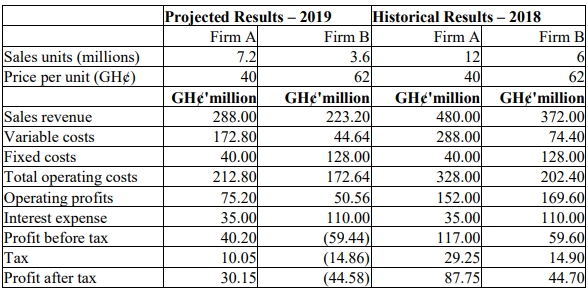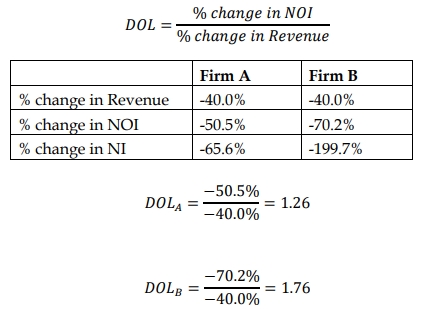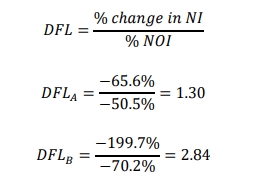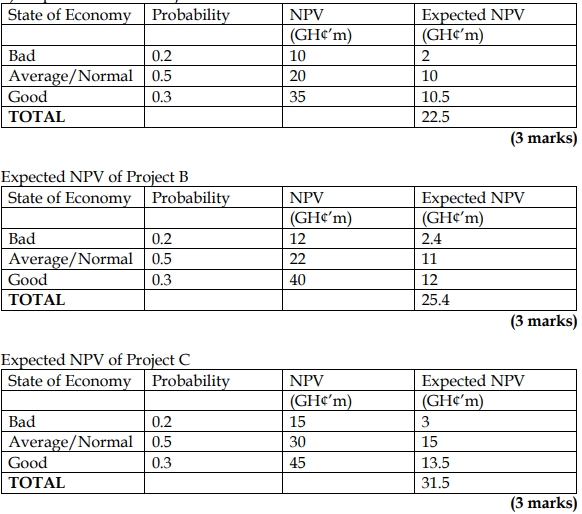- 3 Marks
Question
a) Booms and Bumps Limited has recently been registered as a multinational company dealing in the production and drilling of crude oil in the Oil and Gas industry. Due to uncertainties surrounding the future prospects of the industry, management has hired you as a financial consultant to conduct a risk assessment about the viability of the firm. In the course of the assessment, you constructed a risk register containing various risks that have the potential to affect negatively the profitability of the company.
Required:
Outline THREE basic strategies the management of the company can adopt to mitigate the impact of the risks. (3 marks)
Answer
Risk Mitigation Strategies for an Oil and Gas Company
- Hedging
- The company can hedge its exposure to risks such as fluctuating oil prices or currency exchange rates by entering into financial contracts that fix or stabilize future prices. Hedging against price volatility ensures more predictable revenues and reduces the impact of unfavorable market movements.
(1 mark)
- The company can hedge its exposure to risks such as fluctuating oil prices or currency exchange rates by entering into financial contracts that fix or stabilize future prices. Hedging against price volatility ensures more predictable revenues and reduces the impact of unfavorable market movements.
- Diversification
- The company can diversify its operations by investing in different geographic regions or related industries. By spreading investments across various markets and products, the company reduces its dependency on a single market or resource, thus lowering overall risk.
(1 mark)
- The company can diversify its operations by investing in different geographic regions or related industries. By spreading investments across various markets and products, the company reduces its dependency on a single market or resource, thus lowering overall risk.
- Risk Mitigation through Control
- Implementing strong internal controls and policies to avoid exposure to high-risk projects or ventures that have a lower rate of return. By conducting thorough risk assessments before investing, the company ensures that only projects that meet certain risk-reward criteria are pursued.
(1 mark)
- Implementing strong internal controls and policies to avoid exposure to high-risk projects or ventures that have a lower rate of return. By conducting thorough risk assessments before investing, the company ensures that only projects that meet certain risk-reward criteria are pursued.
- Tags: Business risk, Oil and gas, Risk Management, Risk Mitigation Strategies
- Level: Level 3
- Uploader: Dotse




